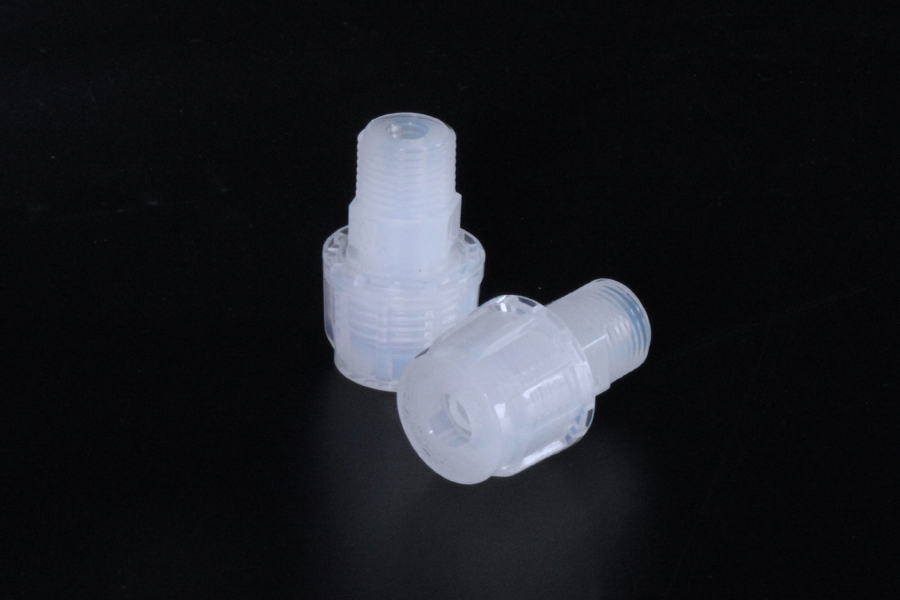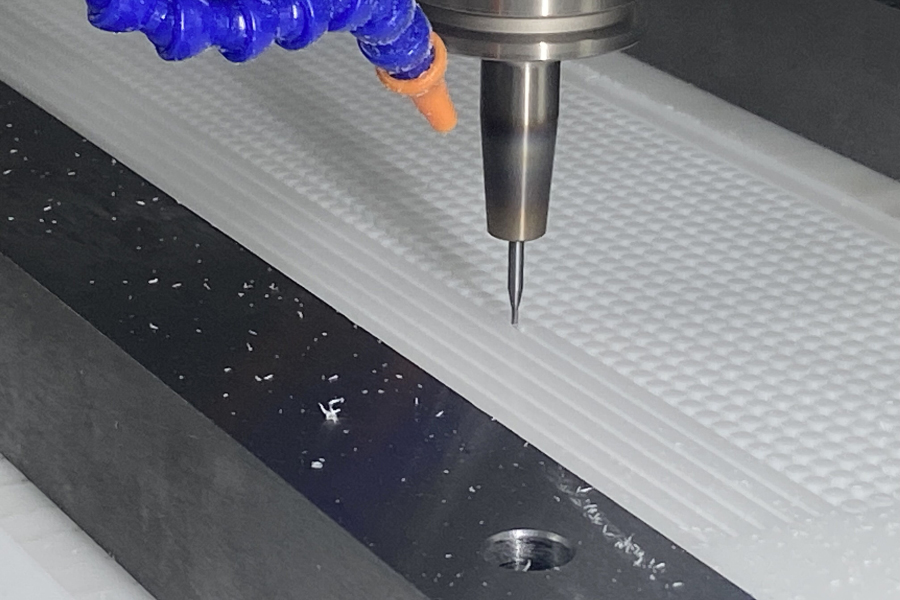Teflon, because of its wide range of applications and excellent performance, has become an important material for many industries. With the development of science and technology, several more molding Teflon processing techniques have been developed. This article will discuss these processing methods and their characteristics.

Machining is one of the preferred methods of manufacturing plastic parts. This method is known for its design complexity, high precision, excellent machining quality, and short lead times. The machining process involves the creation of 3D models, generation of instruction programs, precision machining using a variety of tools, and rigorous quality testing to ensure that the product meets the highest standards.

Injection molding is another widely used molding technique that involves injecting liquid plastic into a mold to obtain the desired precise shape. This method is favored for its high precision and good repeatability. The first step in injection molding is to create a mold that is designed to ensure that a product with a specific shape can be produced. Molten thermoplastic is injected into the mold under high pressure and allowed to cure to form the desired shape.
Molding, also known as compression molding or compression molding, is a highly efficient process suitable for mass production. In this process, powdered, granular or fibrous plastic materials are placed into a mold cavity that has reached the molding temperature. Subsequently, the mold is closed and pressurized to form and cure the material. This type of molding is highly flexible and is suitable for both thermoset and thermoplastic plastics and rubber materials.
Overall, Teflon can be processed in a variety of ways, each with its own unique benefits and application scenarios. The choice of which processing method depends on the specific needs of the product and production conditions.